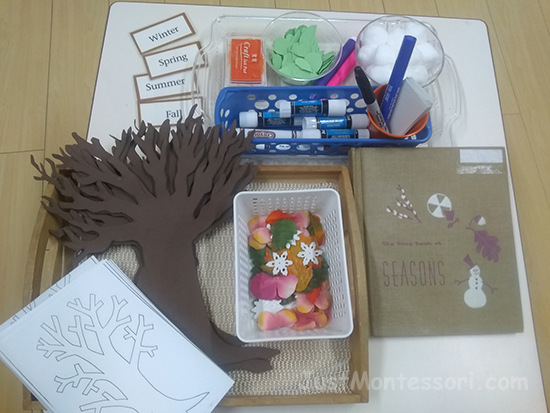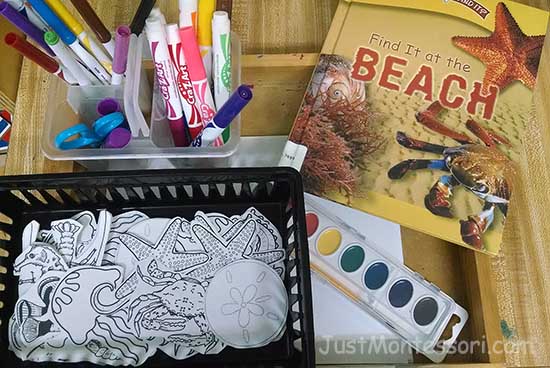The youngest children often come to school knowing the names of many colors or very few. Montessori color boxes are used to introduce colors to the children. A variety of activities and songs are also a fun way to help children learn colors. Hap Palmer and Frank Leto both have great songs about colors, which can be easily be found online.










